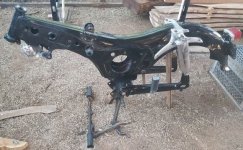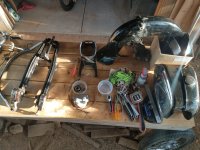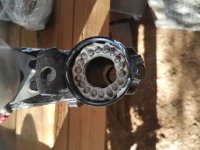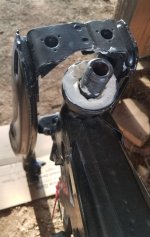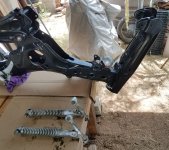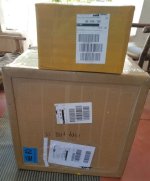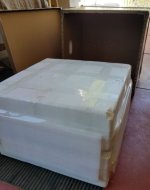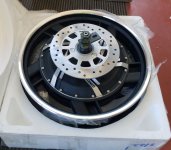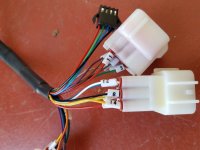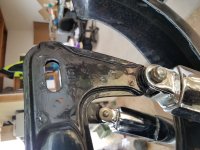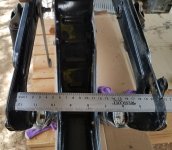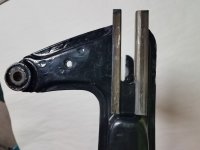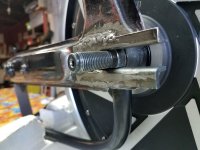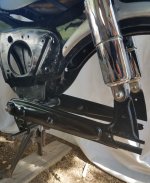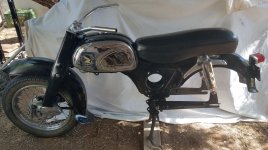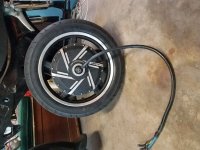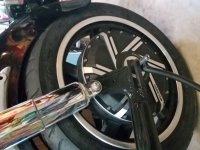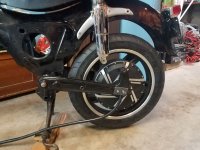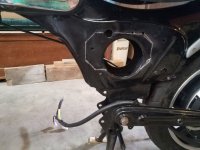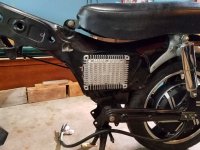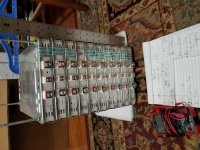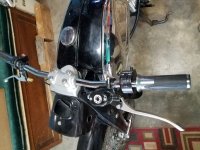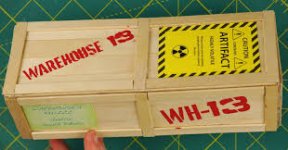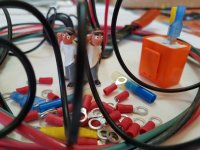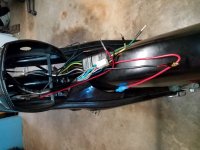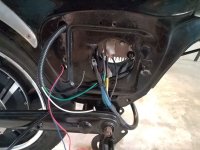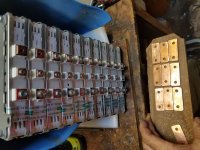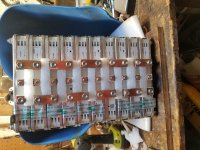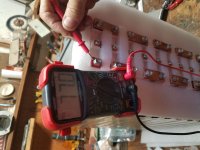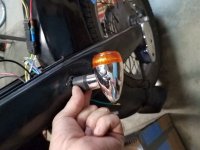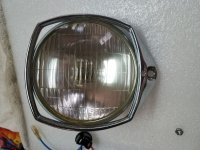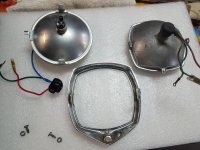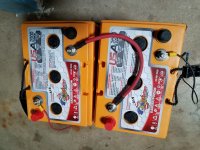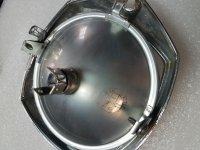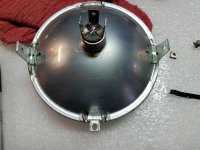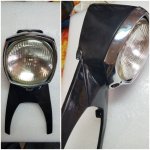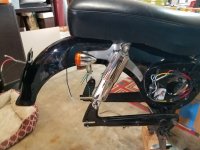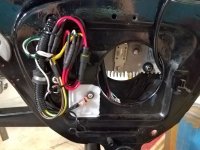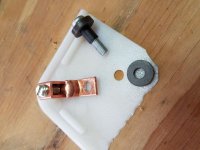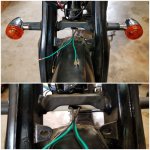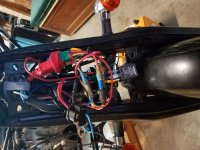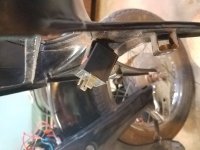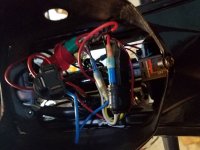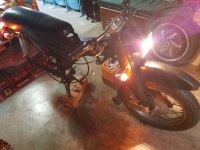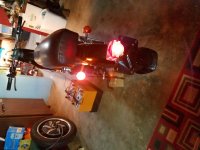MACK
10 mW
Hello all, after lurking for a time and learning a lot on the ES forum, I have of course become motivated
and I want to play too! So finally I’m ready to start my 1st EV project, and will attempt to share it (I’m a
bit of a luddite with the confuser) for your interest, and my help. Thanks
The doner bike is a ’62 Honda Benly or the “Baby Dream”. It used to be a 2 cylinder, 150cc, 16hp with a
top speed of about 75mph. It was a craigslist find… you know… it’d been sitting for a few years, covered
in the garage, so clean the tank and carb, change the oil and it should be good to ‘go'. :wink:

Barely. It started but all the metal bits when I changed the oil was the sign I should have heeded and
given up. But no, I took it to a shop and spent $200 for them to pull it apart and then say, “yup, probably
not worth it. Needs a top & bottom rebuild and there’s some bent things “. Well, the engine was off,
now that’s a start.
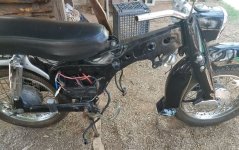
I love the classic styling and want to try to put, mostly everything back as it was (no fender chopping )
)
and plan to register it for legal road use. It’s got a VIN and was originally registered for the road so
hopefully that won’t be too big of a deal as long as I get the lights and horn working.
With the battery I’d like to do something fun, like keeping with the era and go for a 50’s space age look
and perhaps house it in a tube or, multiple cylinders where the engine was. The frame looks perfect for
dyi structural support and mounting bracket where the engine was attached.
It’s purpose (besides pure fun!) would be an in-town commuter and errand runner, so big trips would be
20ish miles. Speeds would be mostly 35-40 and 50mph max top speed would be fine, more-fast scooter
like, it’s small so that will feel plenty fast, I think I’d be scared on it at 75mph!
I realize there are a lot a variables (and different ways to do a similar thing). So I’ve made a few choices
to start me down a path and reduce some of the variables and help bring in to focus the rest of it.
First is I plan go with a rear hub motor for the added simplicity in a first build. Then in term of the
unsprung weight, this is certainly not a performance build, and the old drum brake rear wheel on it
wasn’t light by any current standard. Also re-gen braking is easy which I would like to take advantage of,
Also re-gen braking is easy which I would like to take advantage of,
so… I’ve ordered (from qs-motors) a 16”4000W hub motor kit with KLS7245N as a controller and I told
them I planned to run it with a 72V battery.
In the meantime I’m rebuilding and preparing the frame, forks, front wheel and drum brake. So far the
frame and all look as good, as the engine was bad.
So what do ya think, sound like a reasonable plan?
and I want to play too! So finally I’m ready to start my 1st EV project, and will attempt to share it (I’m a
bit of a luddite with the confuser) for your interest, and my help. Thanks
The doner bike is a ’62 Honda Benly or the “Baby Dream”. It used to be a 2 cylinder, 150cc, 16hp with a
top speed of about 75mph. It was a craigslist find… you know… it’d been sitting for a few years, covered
in the garage, so clean the tank and carb, change the oil and it should be good to ‘go'. :wink:

Barely. It started but all the metal bits when I changed the oil was the sign I should have heeded and
given up. But no, I took it to a shop and spent $200 for them to pull it apart and then say, “yup, probably
not worth it. Needs a top & bottom rebuild and there’s some bent things “. Well, the engine was off,
now that’s a start.

I love the classic styling and want to try to put, mostly everything back as it was (no fender chopping
and plan to register it for legal road use. It’s got a VIN and was originally registered for the road so
hopefully that won’t be too big of a deal as long as I get the lights and horn working.
With the battery I’d like to do something fun, like keeping with the era and go for a 50’s space age look
and perhaps house it in a tube or, multiple cylinders where the engine was. The frame looks perfect for
dyi structural support and mounting bracket where the engine was attached.
It’s purpose (besides pure fun!) would be an in-town commuter and errand runner, so big trips would be
20ish miles. Speeds would be mostly 35-40 and 50mph max top speed would be fine, more-fast scooter
like, it’s small so that will feel plenty fast, I think I’d be scared on it at 75mph!
I realize there are a lot a variables (and different ways to do a similar thing). So I’ve made a few choices
to start me down a path and reduce some of the variables and help bring in to focus the rest of it.
First is I plan go with a rear hub motor for the added simplicity in a first build. Then in term of the
unsprung weight, this is certainly not a performance build, and the old drum brake rear wheel on it
wasn’t light by any current standard.
so… I’ve ordered (from qs-motors) a 16”4000W hub motor kit with KLS7245N as a controller and I told
them I planned to run it with a 72V battery.
In the meantime I’m rebuilding and preparing the frame, forks, front wheel and drum brake. So far the
frame and all look as good, as the engine was bad.
So what do ya think, sound like a reasonable plan?


